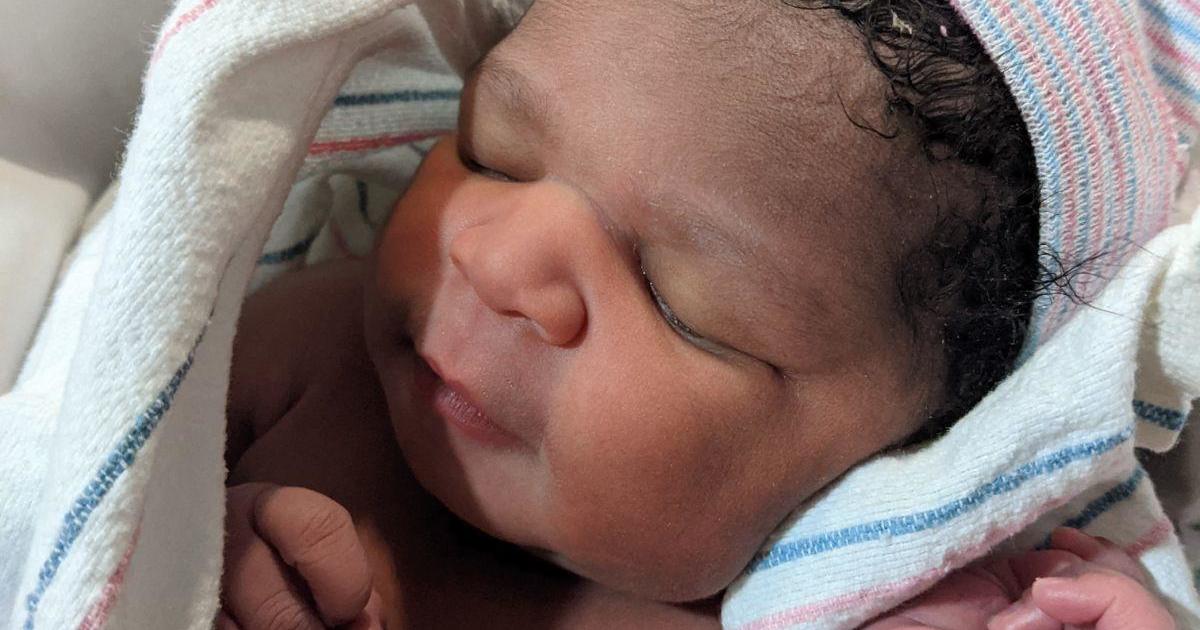Some Hispanics Want To Share Their Background
WASHINGTON (AP) - A majority of Hispanics prefer to identify themselves according to their families' countries of origin, rather than by the government's suggested terms "Hispanic" or "Latino," Pew Hispanic Center reported Wednesday.
The description preferred by 51 percent of Hispanics is Mexican, Puerto Rican, Cuban or other culture they are tied to through family or ancestry. About a quarter surveyed said they identify as Latino or Hispanic first and a fifth said they tend to say American, according to Pew's survey. About 50 million people in the U.S. are Hispanic.
Although Latinos have long maintained they are not a monolithic group, the complexity of Hispanic identity has drawn renewed interest in the United States recently in the aftermath of the fatal shooting of Trayvon Martin, a black teenager, by George Zimmerman, whose father is white and mother is Hispanic, of Peruvian ancestry.
Police and early media reports described Zimmerman as white, but his father has defended his son against allegations of racial profiling by describing him as a "Spanish-speaking minority."
Whites, blacks and Asian Americans are all considered a racial group. Hispanics are an ethnic group, which means although they share a common language, culture and heritage, they do not share a common race. They can be black, white, Asian, American Indian, or descended from original peoples of a place colonized by Spain and a few others.
Some 18 million Latinos checked "some other race" when they were asked to pick a race on census forms and were told Hispanic is not a race. But so many Latinos identified themselves as white, the overall number of white people in the U.S. increased.
In Pew's survey, more than a third said they were white, and half said they were "some other race" or volunteered Hispanic or Latino.
The term Hispanic was first officially used by the federal government in the 1970 Census.
Ilan Stavans, an Amherst College professor of Latino culture, said the findings suggest a journey back in time is happening among the population. Identifying by country of origin or lineage tended to be the preferred description in the 1950s as well, said Stavans, author of "What Is la Hispanidad?" Identifying as Latino or Hispanic arose within the community and among non-Hispanics with the and 1960s and 1970s civil rights movement and took hold in the early '80s, giving strength to the idea that Latinos were "a sum, more than parts," he said.
"It seems to me that the whole identity of George Zimmerman is really an expression how modern individual American identity has all these many facets. If I were to say where he belongs, I'd say he belongs right at the center of where America is today," said Stavans, who was born in Mexico to a Jewish, Eastern European family.
The Pew Hispanic Center survey is based on interviews by cell phone and landline of 1,220 Latino adults from across the country during the period of Nov. 9 through Dec. 7, 2011. The error rate is plus or minus 3.6 percentage points.
(© Copyright 2012 The Associated Press. All Rights Reserved. This material may not be published, broadcast, rewritten or redistributed.)
Also Check Out:



